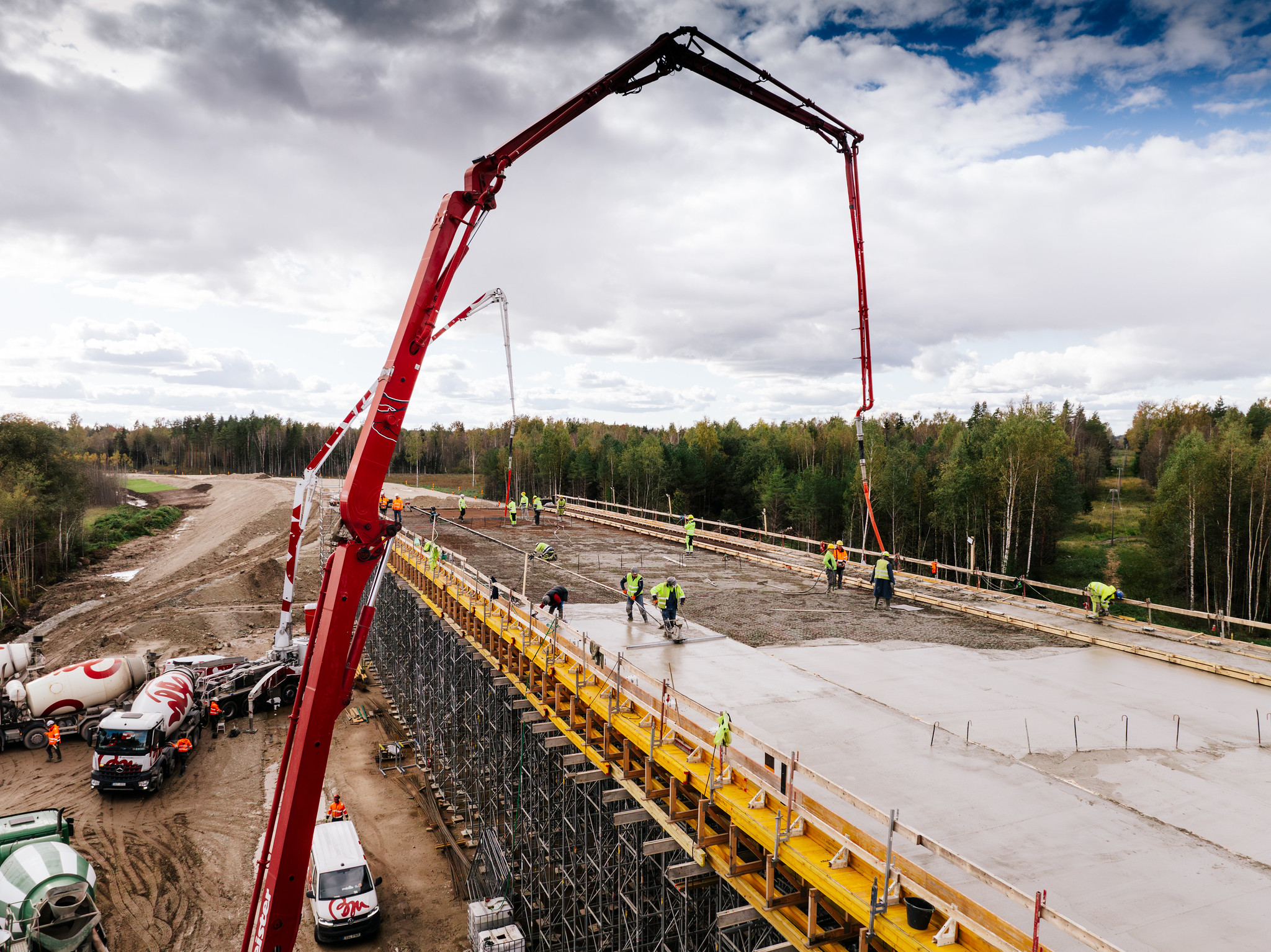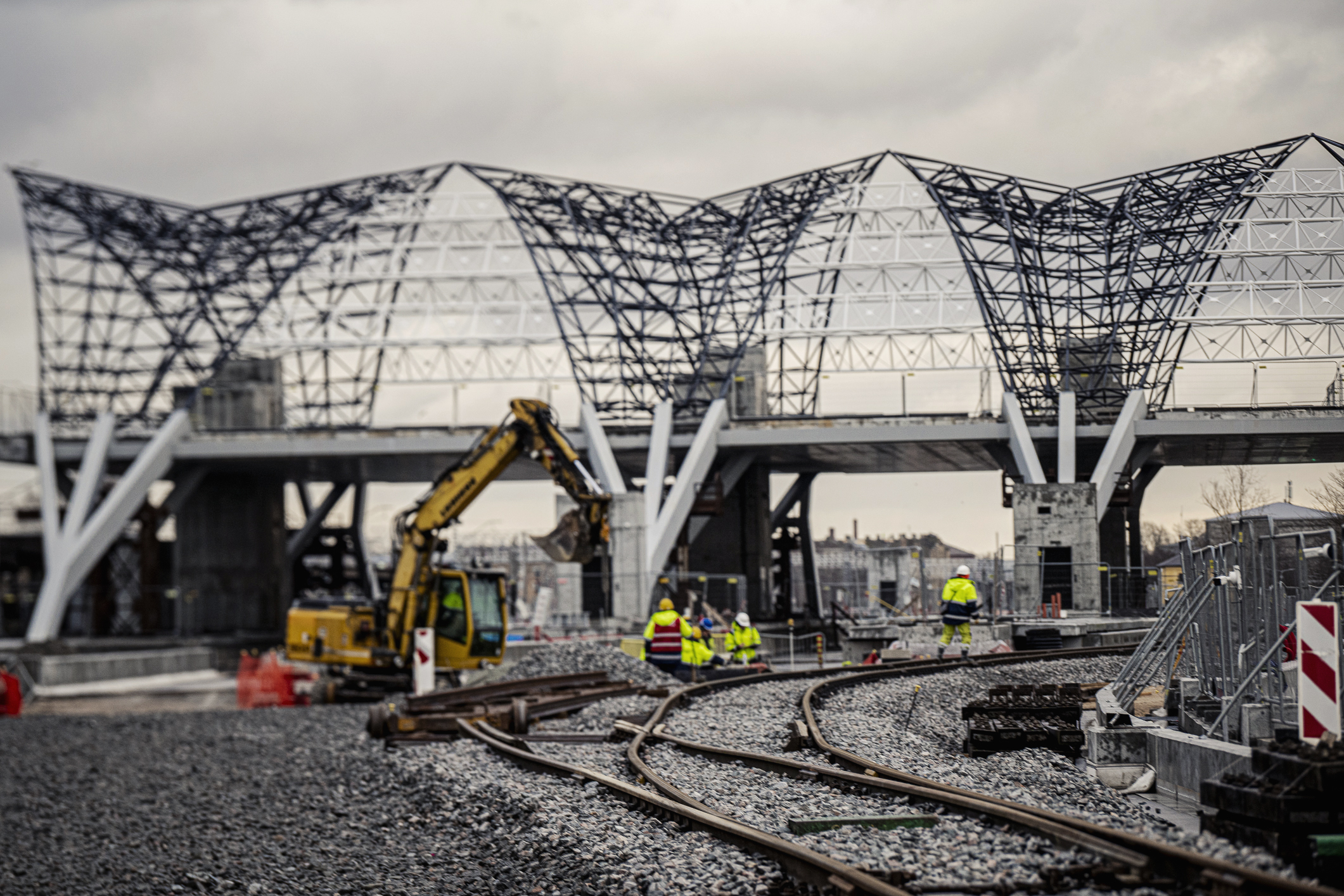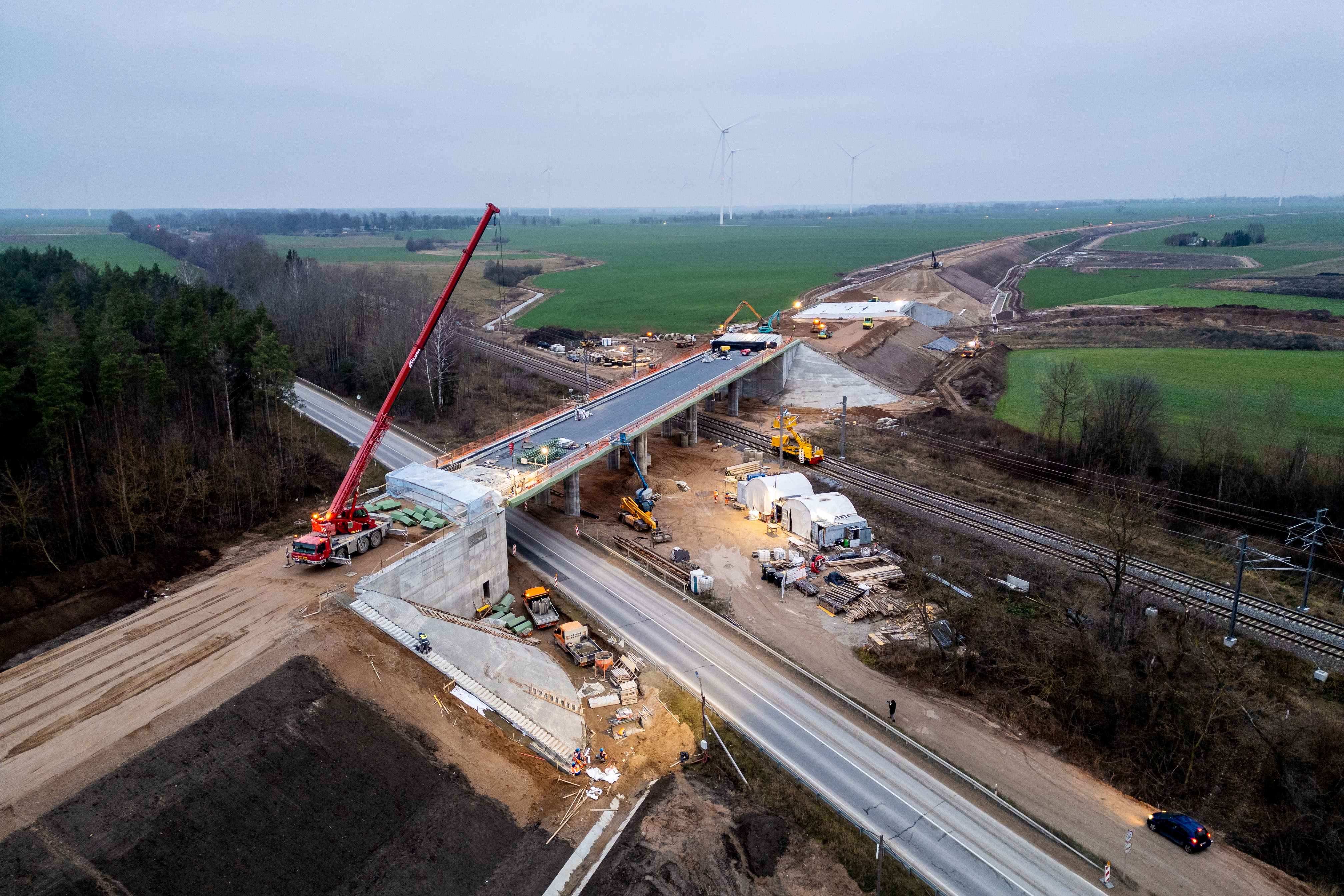The project’s importance has been elevated with its inclusion in not one, but two critical European Transport Corridors. By uniting the Baltic, Black, and Aegean Seas, and extending connections to Ukraine and Moldova, Rail Baltica emerges not only as a key to regional connectivity but as a vital instrument for Europe’s reconstruction ambitions in Ukraine.
In recognition of growing investment needs and the ambitious 2030 implementation deadline we will adopt a phased implementation approach. The first phase focuses on delivering an operational cross-border corridor by 2030, linking Estonia, Latvia, and Lithuania with Poland. The second phase, contingent on future funding, will complete the full integration of Rail Baltica into Europe’s rail network.
November 2024 marked a financial milestone for Rail Baltica, with an additional €1.4 billion secured from the Connecting Europe Facility. In total, the project has now secured more than €4 billion through the CEF and national co-financing from the Baltic states. This year, the project seeks to increase this amount further by applying for another EU financing call in the amount of more than € 400 million. Additional financing avenues, including public-private partnerships, are under active exploration.
The project has now fully entered the construction phase, with mainline construction underway in all three Baltic countries. By the end of 2025, 43% of the mainline is expected to be construction-ready and actively under development. The two largest procurements – electrification and the design and construction of the control-command and signaling system – are progressing in line with the overall project timeline.
“Geopolitical shifts have fundamentally changed how the project is viewed – Rail Baltica is now critical for NATO’s military mobility, increasing its strategic importance. Therefore, we move forward into 2025 with new determination and a clear focus on our most important task – to deliver Rail Baltica. The railway line is no longer a vision – it is becoming a reality as we enter the large-scale construction phase,” said Marko Kivila, interim CEO and Chairman of the Management Board, RB Rail AS.
Progress by country
 In Estonia, Rail Baltica is taking shape with major progress on the ground. Currently, about 74 km of railway mainline substructure is either under construction or secured through contracts across eight sections. Additionally, tenders are ongoing or planned this year for another 33 km of railway substructure construction.
In Estonia, Rail Baltica is taking shape with major progress on the ground. Currently, about 74 km of railway mainline substructure is either under construction or secured through contracts across eight sections. Additionally, tenders are ongoing or planned this year for another 33 km of railway substructure construction.
So far, 23 railway crossings and 24 utility crossings have been completed, with work continuing on 6 more railway crossings. The Soodevahe and Pärnu construction bases are finished, and the first phase of the Pärnu passenger terminal is complete.
In Tallinn, the future heart of Estonia’s international rail connections – the Ülemiste Terminal – is steadily rising. The project is progressing in four phases, with 3 other construction phases being in procurement. An important milestone was reached with the laying of the terminal’s cornerstone.
Meanwhile, Rail Baltic Estonia, the national body leading the project, has launched a massive alliance tender for the mainline. Valued at nearly one billion euros, it enables international industry leaders and Estonian companies to combine their experience and expertise, providing added value to the project.

In Latvia, a framework construction agreement has been signed for 230 km of mainline civil works, covering the route connecting with Estonian and Lithuanian borders. Construction preparation has begun in the southern priority section, covering up to 40 km toward the Lithuanian border, with approximately 98% of the required land already acquired. Work is underway to establish the mainline construction base, including completed deforestation and ongoing soil preparation. Procurement of construction materials is in progress, site preparation is underway, and efforts are being made to engage with local communities and keep residents informed about upcoming works. By spring, the first construction activities outside Riga will commence near Iecava.
Construction continues at Latvia’s two Rail Baltica international passenger terminals – Riga Central Hub and Riga International Airport.

Significant progress has been achieved in Lithuania, with advancements in both design and construction of the mainline. Construction is continuing on the 46 km section towards Panevėžys, with an additional 12 km tender currently underway. In 2025, new tenders will be launched for ~56 km embankment, and ~28 km of mainline superstructure. Recent achievements include new agreements on the bridge over the Neris River, allowing the construction work to be accelerated.
Progress has also been made on regional stations and maintenance facilities in Kaunas, Panevėžys, and surrounding areas. Territory planning is complete and design contracts are set to begin in 2025. Meanwhile, the Kaunas Railway Station design contract is in progress.
